Three-time JUNO Award nominated singer-songwriter Jenn Grant is primarily known as a musician, but she also holds a degree from Nova Scotia College of Art and Design University with a focus in painting and drawing. In fact, her paintings and design work appear on some of her album covers. When Grant’s music touring career came to a standstill during the pandemic, she returned to the canvas at her home in Lake Echo, Nova Scotia.
Originally from Prince Edward Island, Grant has been writing and recording for two decades. Her albums include Forever on Christmas Eve (2020); Love, Inevitable (2019); Paradise (2017); Compostela (2014), which was nominated for two JUNO Awards; the EP Clairvoyant (2014); The Beautiful Wild (2012), which won an East Coast Music Award for Pop Recording Song of the Year; Honeymoon Punch (2011), which was longlisted for the Polaris Prize and nominated for a JUNO Award; the EP Songs for Siigoun (2010); Echoes (2009); Orchestra for the Moon (2007); and the EP Jenn Grant and Goodbye Twentieth Century (2005).
Her latest record, Champagne Problems (2023), the first she has co-produced alongside her husband, Daniel Ledwell, at their home studio, gathers thirteen musicians from coast to territory to coast. It was conceived and recorded during COVID-19 lockdowns when most musicians were homebound and unable to tour. Champagne Problems features Kim Harris, Aquakulture, Basia Bulat, Bahamas, Dan Mangan, Hannah Georgias, Stars’ Amy Milan, Broken Social Scene’s Kevin Drew, Ria Mae, Slow Leaves, Joshua Quamariaq, Joel Plaskett, and Tim Baker.
The musical collaboration has inspired Jenn Grant’s first solo exhibition, Something to Believe In, a series of portraits of the musicians featured on Champagne Problems at the Prow Gallery. The exhibition opened on March 7, 2024, and will be on display during the weeklong festival leading up to the 2024 JUNO Awards which are being held in Halifax March 24. In addition to her exhibition, Grant is performing a mini concert on the rooftop of EDNA restaurant on March 23, just below the mural painting by Ghettosocks of the cover art of Champagne Problems.
Shannon Webb-Campbell: The title of your solo exhibition Something to Believe In is a lyric from the title track “Judy” off Champagne Problems, released in June 2023. The song is co-written and performed with Kim Harris and shares the story of her adoption in Corner Brook in the early 1980s. While the crux of the song is rooted in the personal story of Kim’s father and mother Judy’s love story and welcoming their new baby, there’s also an incredibly universal message.
What inspired you to title your exhibition Something to Believe In? How does the title inform the body of work?
Jenn Grant: The album was so fun to promote because it really felt like a celebration and the lifting up of so many artists from across the country. The portraits of them was a natural progression for me to sort of encapsulate the energy of these artists and create a collection of work that would also celebrate and elevate them in some way.
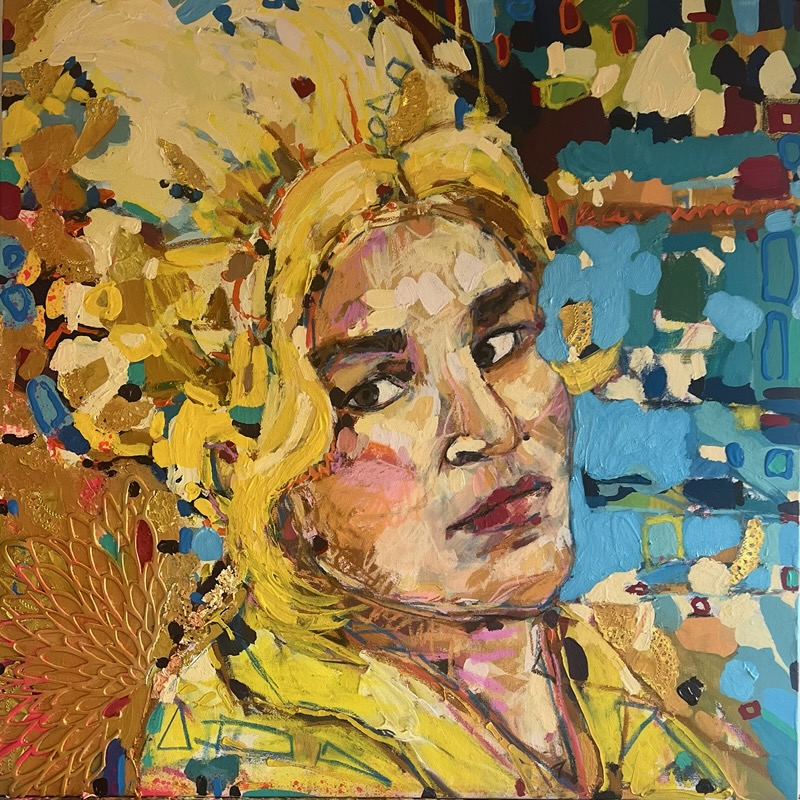
Webb-Campbell: Can you share with our readers a little bit about your journey as a painter and the significance of Something to Believe In at The Prow Gallery being your first solo exhibition?
Grant: I was a NSCAD student. I graduated there in 2006 after an accelerated program focusing on interdisciplinary skills like painting, drawing, and ceramics. I went to this school even though I wanted to be a singer and songwriter, but I was still very frozen with stage fright, and to me this was the closest thing to performing and a way for me to become immersed in a creative community, which is part of the support I needed to be a stage performer.
It was about 2005 or so that I started singing at open mics around town. I think it just gave me the confidence I needed that I was going to be an artist one way or another. I wasn’t grounded enough at the time to believe in myself fully, but twenty years later I can say I feel very strong about the art and the music I make. I feel they balance each other in a way that feels supportive and natural.
Webb-Campbell: How has returning to your practice as a painter played a role in carving space out for your multidisciplinary creative self?
Grant: It was the pandemic that really settled me home here and helped me to solidify my love for this province and as a family unit. We would have solidified ourselves on the road, but having maternity leave or time to settle was something I hadn’t had yet at this point. Painting in the kitchen grounded me in a new way, and I was allowed to explore this new part of myself.
Being able to express myself in more than one way has been a gift and something I didn’t really realize I was missing. I think that form of expression and being connected to such a strong local gallery has firmed up my yes’s and no’s. I am more careful with my time. I am seeing how quickly time can pass. Being a mother and demonstrating to my kids what is important to me in a day, what brings me joy, and the power of saying no is a daily practice and certainly something I want to be ingrained in them as well.
Webb-Campbell: What is your painting process like? Where do you paint?
Grant: I am very lucky that we (the bank) built me a little art studio about a year ago. The kitchen served its purpose well for a few years as a studio space—probably for just long enough for us to know I really needed my own space. Dan and I tend to make things happen so we can enjoy our lives and our work to the fullest.
Webb-Campbell: As an artist with an international platform, you’ve become an incredible ally and supporter in the worldwide call to end genocide, crying out for Ceasefire Now in Gaza.
Earlier this year, you painted a series of portraits of Palestinian journalists—Hind Khoudary, Plestia Alaqad, Motaz Azaia, and Bisan Owda—which were auctioned off to support Palestine Red Cross in Gaza. What inspired you to paint these journalists?
Grant: I was spending all this time watching videos and looking at the faces of these people who are fighting for their lives every day, and learning about the dehumanization of Palestinians. It made me want to raise them up in any way that I could. It was the first time I painted a portrait in about twenty years, but I felt very called to do it. To emphasize their strength and beauty for everyone to see. I think that everyone, no matter the size or reach of their online platforms, should use social media as a tool to do anything we can to demand a permanent ceasefire now in Gaza. We are watching a genocide via our handheld devices, and the least we can do is use those same devices to say, Stop this now.
Webb-Campbell: On February 6 you performed with Rose Cousins at the Marquee as part of the Road to the JUNOs. Part of the stage design featured your abstracts paintings projected in illuminated panels, which was very ethereal.
You also premiered your new song “Hello Everyone (Ceasefire Now),” a collaboration of artists for ceasefire, where all profits go directly to the Palestinian Red Cross Society. The song features The Once, Sarah Slean, Tanya Davis, Aquakulture, Justin Rutledge, John K. Samson, Don Brownrigg, and so many others, including your son Gus Ledwell who helped with the artwork. What inspired the song “Hello Everyone (Ceasefire Now)”?
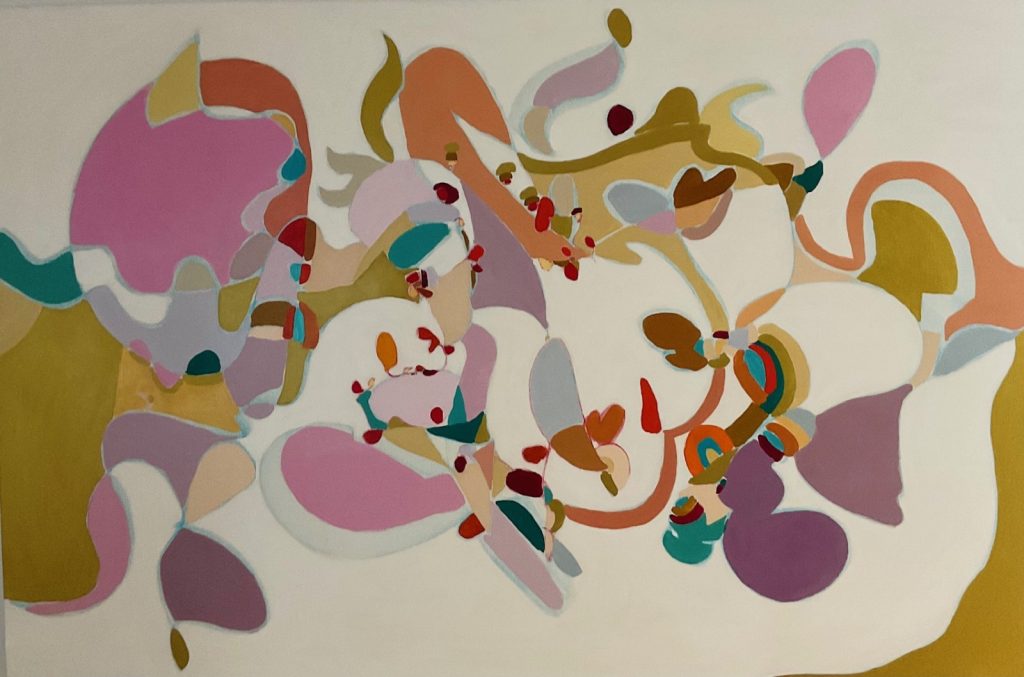
Grant: When I completed the painting and sale of the paintings and prints of Palestinians, I felt even more helpless. I needed to focus on a new project to continue to fight to end this genocide. As an artist and a privileged white woman, I feel it is my responsibility to use any means I have to be part of a revolution.
Over Christmas I got a little flu bug. So, my family [and I] went to a farm and [they] told me to rest for a few hours. But I knew this was the moment to write because I wouldn’t have had any time alone otherwise. So, I am so glad I got the flu. I wasn’t that sick. And I was in the same farmhouse where I wrote the album The Beautiful Wild. I could feel the song beginning in my head for a day or so, and then it was written very quickly.
Webb-Campbell: What do you hope viewers take from Something to Believe In?
Grant: The thing I love about portraits is the act of hopefully capturing the energy of a person. This was my goal. This album was such a beautiful project because it highlights the amazing amount of talent we have in Canada. I wanted to celebrate that and the artists on the album. The artistic study of each of them is part of the presentation of the album. I have always wanted to marry the two together, and this was the first time I really committed to that. I am so pleased with the results.
Webb-Campbell: Do you have any advice or tips for aspiring visual artists?
Grant: I would just say what my mother always said: “Find your passion.”

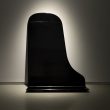


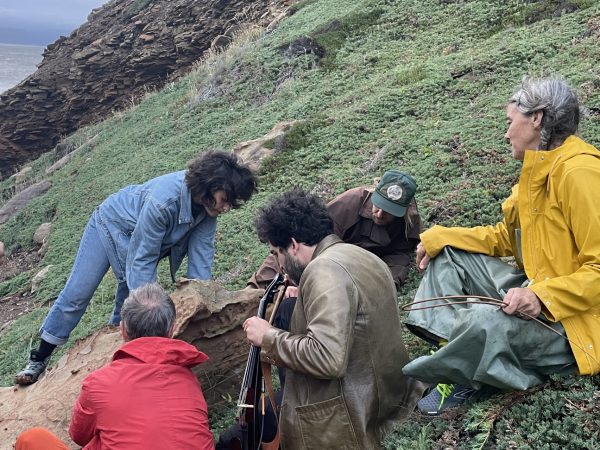
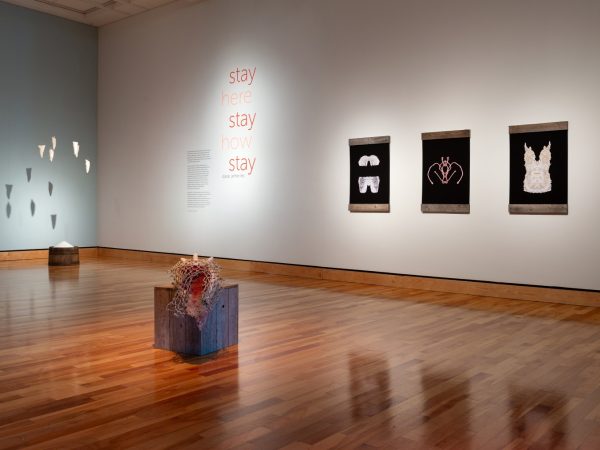
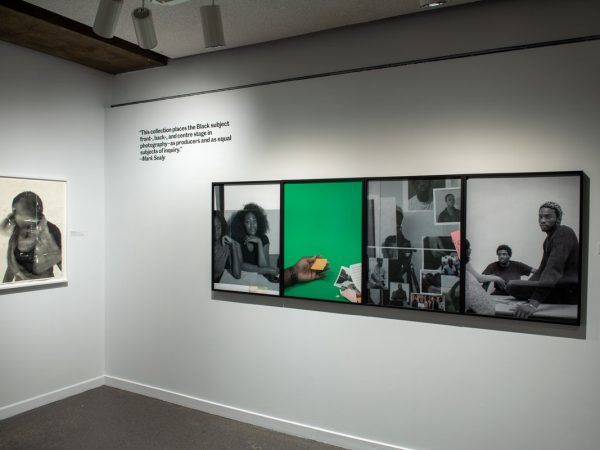

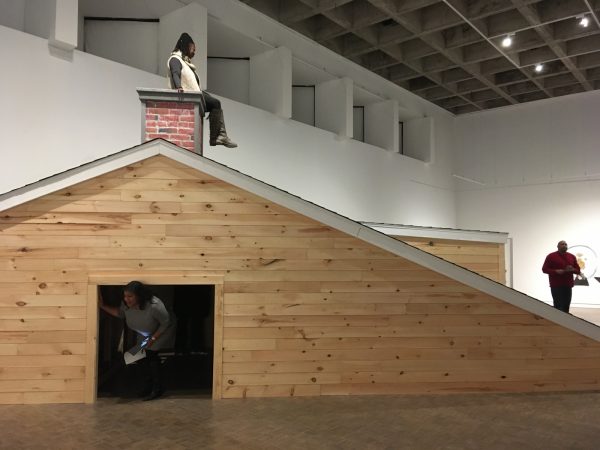
Leave a Reply